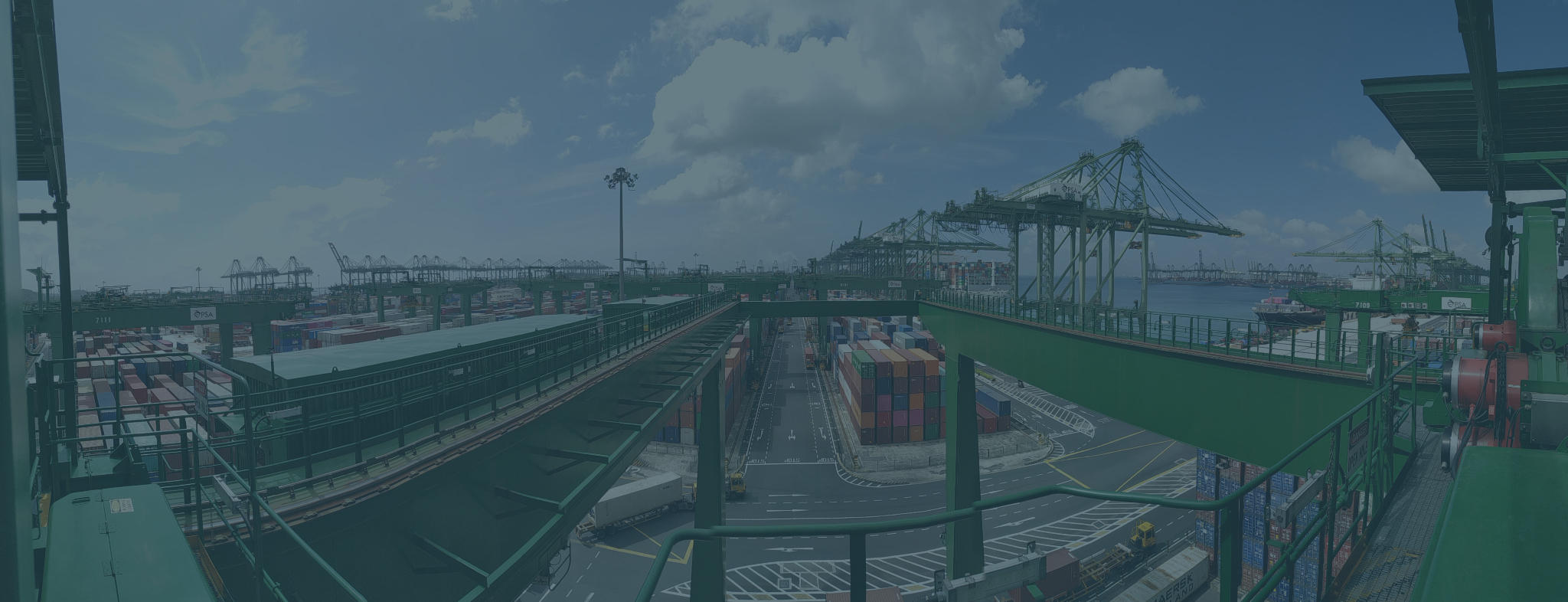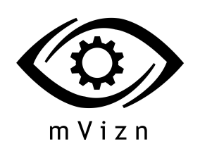mVizn
Transforming Port and Industrial Automation with Vision
Pronounced “M Vision”, mVizn stands for machine vision. We are a technology company specialising in AI-driven computer vision systems that enhance safety, efficiency, and automation in industrial operations. Headquartered in Singapore, mVizn delivers edge-deployed solutions for container terminals, ports, and logistics yards. Our systems integrate seamlessly with crane infrastructure and terminal control platforms to provide real-time operational intelligence.
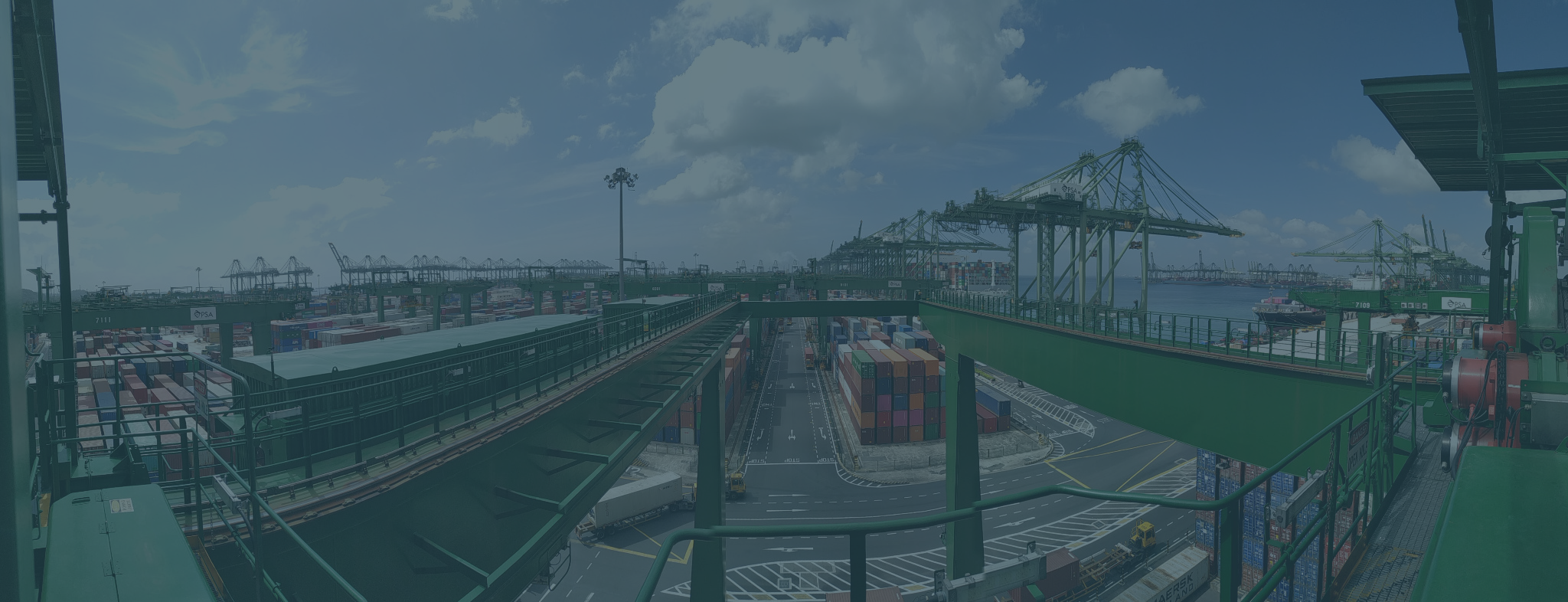
Why vision?
Computer vision offers significant advantages in visually dynamic and complex environments. By enabling object-level recognition and context-aware detection, our solutions empower operators to respond to real-world scenarios with greater speed, accuracy, and confidence.
Vision
Humans Use Vision
Visual perception has played a fundamental role in human evolution, giving us a critical advantage over other species. To achieve human-like adaptability in machines, vision must also be a core capability—enabling systems to interpret and respond to complex, dynamic environments much like we do.
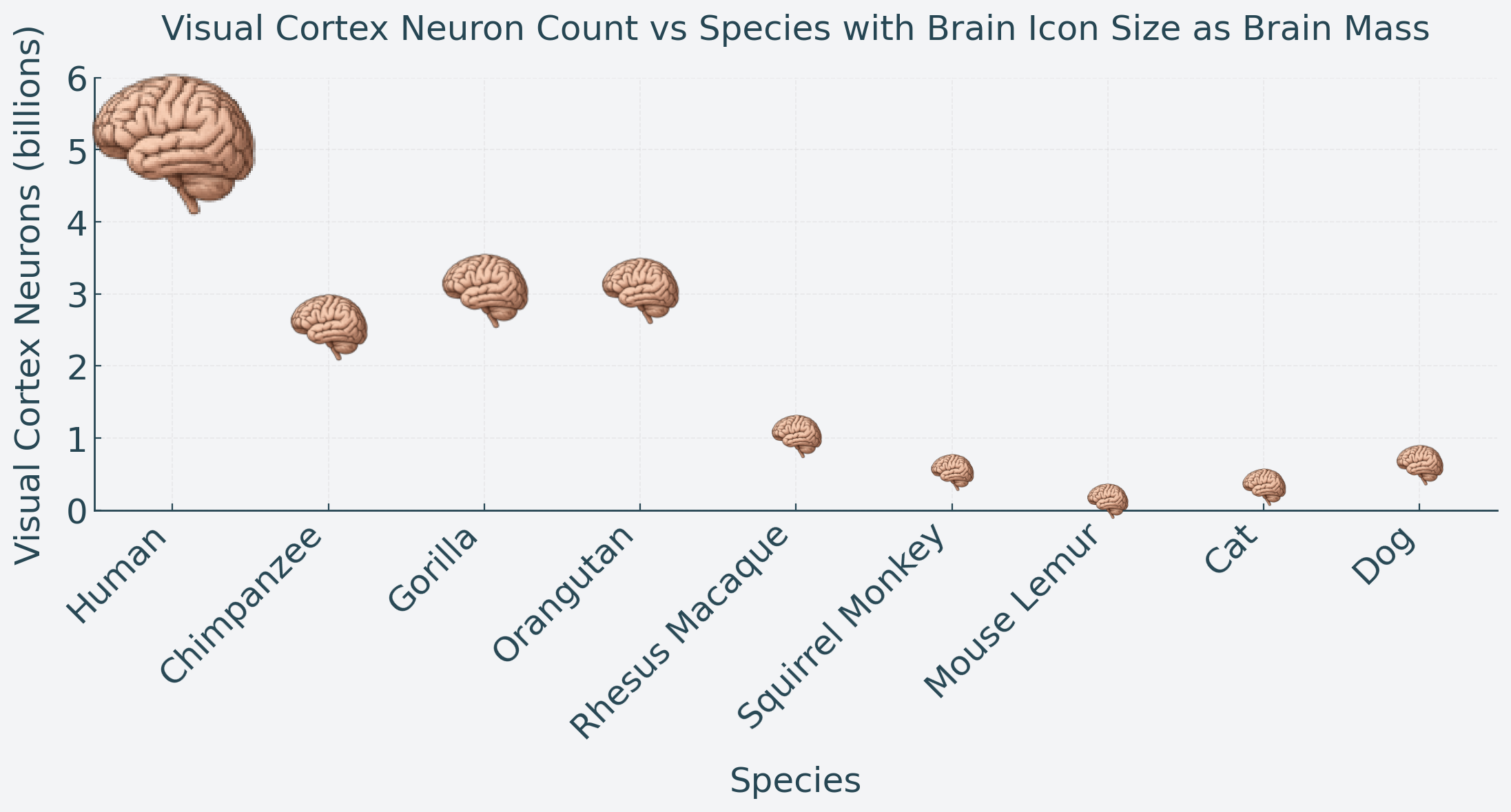
Vision
Human-centered
mVizn’s vision systems are designed to integrate seamlessly into existing operational workflows. At TUAS Terminal, mVizn's Endfeed Transfer Zone solution for truck handling by ARMGs, has achieved over 90% automation—enabling a single crane operator to manage an average of 10 truck-handling jobs simultaneously, without compromising safety or efficiency.
Video: Singapore’s Deputy Prime Minister Observing Automated Container Handling at S235 ARMG Transfer Zone.
Posted by @hengsweekeat on Instagram, on 27 September 2024, via Instagram Reels.
(S235 Transfer Zone at Tuas Terminal Finger 2 was commissioned by mVizn).
Vision
Vision is task-agnostic
Unlike conventional sensors that are built for single-purpose use, vision-based systems are inherently flexible. A single camera can be used for multiple applications within the same environment—demonstrating how computer vision can scale across tasks while reducing hardware complexity.
Feedback Loop
Vision-based systems are capable of interpreting context and learning from outcomes—something that static, rules-based systems cannot achieve. By incorporating feedback loops, these systems continuously refine their understanding of the environment, adapting to real-time changes and operational variability. This dynamic capability leads to smarter decision-making, fewer false positives, and more resilient automation in unpredictable scenarios.
Robot-Barista Fail Video demonstrating the need for vision-based feedback
mVizn Vision system controlling a robotic arm that can remove Twist Cones
mPort
Products and Solutions
mPort
Twist-Lock Cone Detection System (TCDS)
TCDS integrates computer vision models with crane control logic to ensure safe container handling during hoisting. It automatically detects the presence of twist-lock cones on containers before they’re hoisted. Whether you're running RTGs, ARMGs, or other crane configurations, TCDS helps operators avoid dangerous lifts caused by unremoved locking devices. Unlike traditional hardware-based solutions, TCDS uses AI and deep learning to visually inspect containers, just like a human would — but faster, more consistently, and without fatigue. Think of it as a second set of eyes—trained by AI—watching each lift in real time.
mPort
Truck-Lift Prevention System (TLPS)
TLPS combines AI-powered computer vision with crane control logic to detect and prevent accidental lifting of trailers or chassis during container offloading. By monitoring the container-trailer interface in real time, TLPS ensures hoisting only begins when the container is safely disengaged—helping prevent dangerous lifts caused by locked chassis across RTGs, ARMGs, and other crane types. Unlike traditional systems that rely on laser sensors or under-chassis detectors, CLPS uses AI-driven image segmentation and motion tracking to visually monitor chassis movement—adaptable across different trailer types, container sizes, and operational environments.
mPort
Truck Early Move-Off Detection (TEMD)
TEMD uses AI-powered computer vision and crane control logic to detect when a truck begins driving off too early during container loading or offloading. By monitoring the container-truck interface in real time, it ensures hoisting only proceeds when the truck is securely positioned—helping prevent dangerous departures across RTGs, ARMGs, and other crane types. Unlike proximity sensors or laser systems, TEMD uses AI-based segmentation and motion tracking to visually detect horizontal truck movement—adapting to various truck types, container sizes, and terminal layouts.
mPort
Anti-Collision Vision System (ACVS) - for RTG, RMG, STS Cranes
ACVS is an AI vision-based safety system that prevents collisions as cranes and carriers move through the yard. It supports RTGs, RMGs, and straddle carriers by detecting vehicles, containers, people, and barricades in the travel path—helping avoid collisions, delays, and equipment damage. Built for all movement modes—longitudinal, cross, and rotational travel—it uses deep-learning vision models to classify objects and estimate distances in real time. Unlike laser-based solutions with fixed detection zones and no object understanding, ACVS interprets visual context—enabling smarter decisions based on what the obstacle actually is. It also supports flexible zone mapping and software-based adaptation to terminal layouts, avoiding the cost and complexity of hardware retrofits.
mPort
Human Presence Detection System (HPDS)
HPDS is a computer vision-based safety solution designed to detect unsafe or unauthorized human presence during crane operations. By identifying when a driver exits the cabin or reaches outside the vehicle during container handling, HPDS helps prevent dangerous human-machine interactions—supporting safer, more compliant yard operations. Unlike laser scanners or static zone sensors, HPDS uses deep-learning models to visually detect people from multiple camera angles. It integrates with existing crane-mounted video systems and operates as an always-on, AI-trained observer—bringing greater consistency, speed, and reliability to crane safety monitoring.
mPort
Truck Number Recognition System (TNRS)
TNRS reads alphanumeric identifiers on prime movers using advanced deep-learning text recognition. It integrates with container yard or terminal operating systems to maintain an accurate record of which trucks handled which containers. Unlike hardware-heavy systems like laser sensors or RFID tags, TNRS uses computer vision to detect and read truck IDs—just like a human, but faster, more consistently, and without fatigue. Think of it as a second set of eyes, AI-trained, watching each job in real time.
Trusted by industry leaders

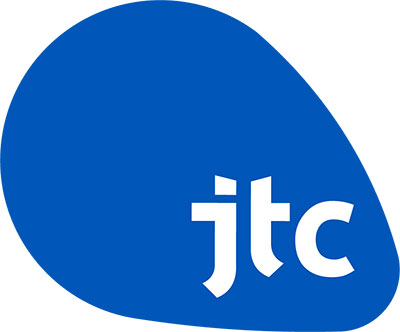

Discover the Future of Vision
Contact us today to learn more about our innovative AI-powered computer vision solutions. Email us at contact@mvizn.com.
